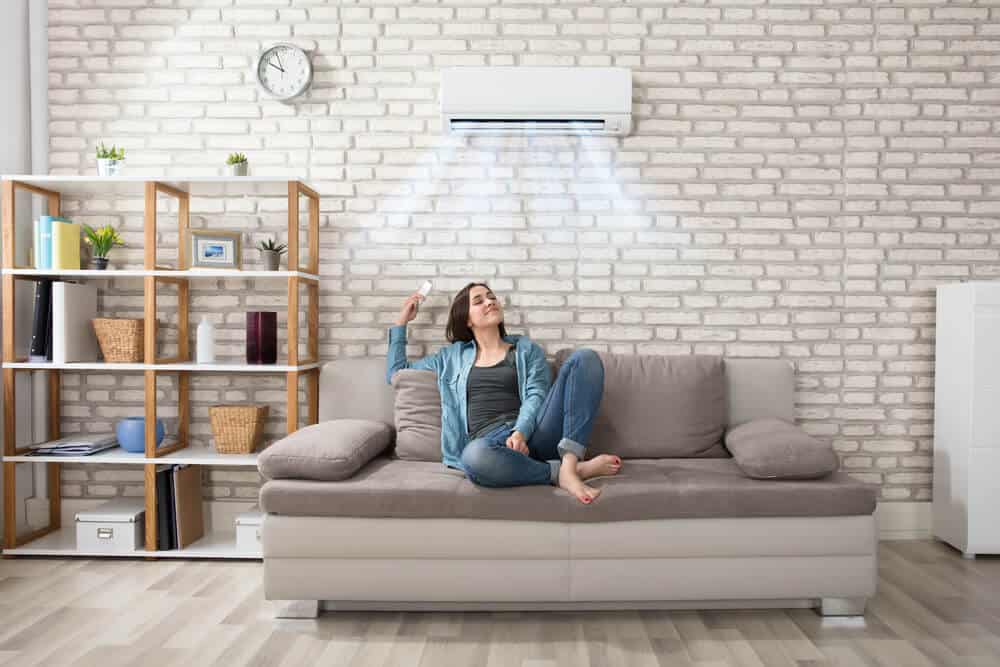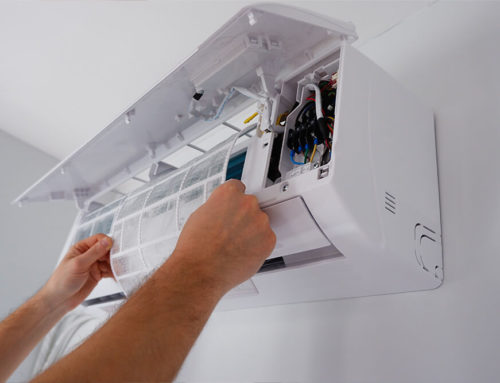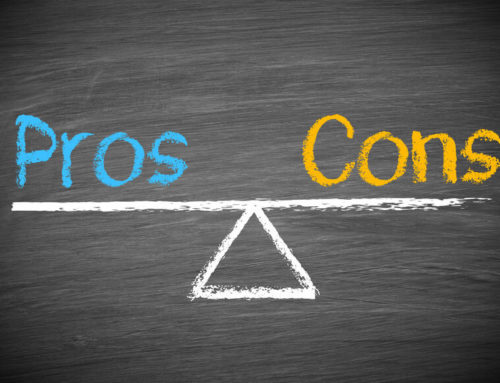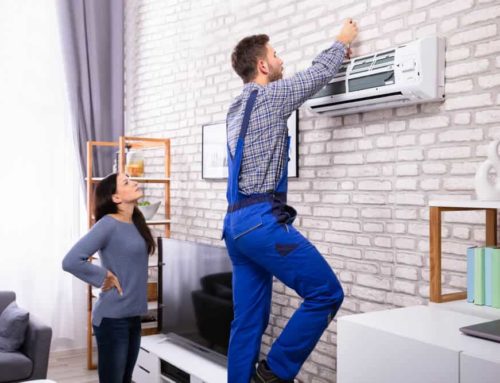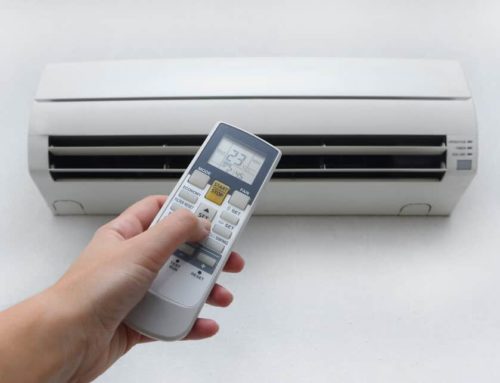According to the U.S. Department of Energy, heating and cooling account for around half of all energy used in the average home. This means that choosing the right kind of air conditioner for your space is a big decision. As well as the initial installation costs, it’s important to look at energy consumption. AC units are designed to last for up to 15 – 20 years, so if you make a bad choice to begin with, you’ll be paying for it for years to come.
Ductless vs central air
But weighing initial costs against long term energy consumption is not the only consideration you should have in mind. Air conditioning is all about comfort for you and your family so the cheapest option might not always be the best. It all depends on your circumstances and your cooling needs. In this blog, we’ll look at ductless vs. central air conditioning.
What is ductless air-conditioning?
As you probably know, the central air conditioning cools the air in a large outside unit and pumps it through the home via your ductwork. This type of AC is designed to keep the temperature at the same level throughout the space that is being cooled.
Ductless AC, also known as mini split AC, as the name implies, does not use the ductwork. They consist of an outdoor compressor/condenser unit connected by a small conduit to one or more indoor fan units which are mounted on the wall or ceiling. The advantage of this system is that rooms that are not being used do not need to be cooled and different temperatures can be maintained in different rooms.
Cost of mini split vs. central air conditioning
Again, according to the U.S. Department of Energy, ductless air conditioning units cost about 30% more than central air conditioners. However, if you don’t have existing ductwork in your home, installation costs and time will wipe out any savings you might make by choosing a central AC unit.
Is ductless air conditioning more efficient?
While central air conditioning doe has some advantages, ductless air conditioning has been rising in popularity for one simple reason, lower utility bills. There are a number of factors which contribute to this, and these are>
- No seepage loss
With central air conditioning, a lot of cool air is lost through leaky ducts as it is pumped into your home. And the older your ductwork, the more air you are probably losing. This means the unit has to work harder and consume more energy to maintain the desired temperature. As the cool air is pumped directly from the outside unit of a ductless AC directly to the fan unit through a sealed conduit, nothing is lost along the way.
- Variable speed air handlers
Most models of ductless have fans that change speed depending on the conditions in your home. These are known as variable speed air handlers. Basically, the unit starts off working at full speed and when the desired temperature is reached, it switches to a lower speed that allows it to maintain the required temperature level while saving energy.
- Zoned temperature settings
If you have more than one indoor unit, each will have its own thermostat or temperature sensor connected to a central thermostat. This means you can use a different temperature setting in different areas or turn off the AC altogether in rooms that are not being used. Not only does this save you money, but it will also solve the endless thermostat wars in families where the members all like different temperatures.
All in all, if you are concerned about energy consumption ductless air conditioning might be for you. If you would like to know more contact us today here at Chill’s Air Conditioning and we’ll be happy to walk you through your options and help you choose the best type and model of AC for your needs.

